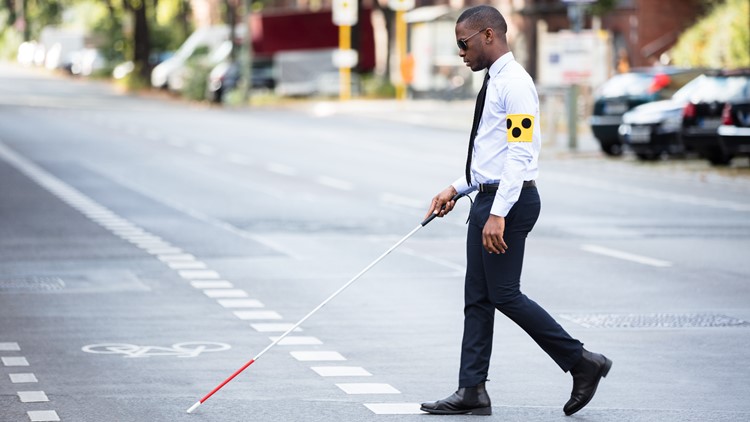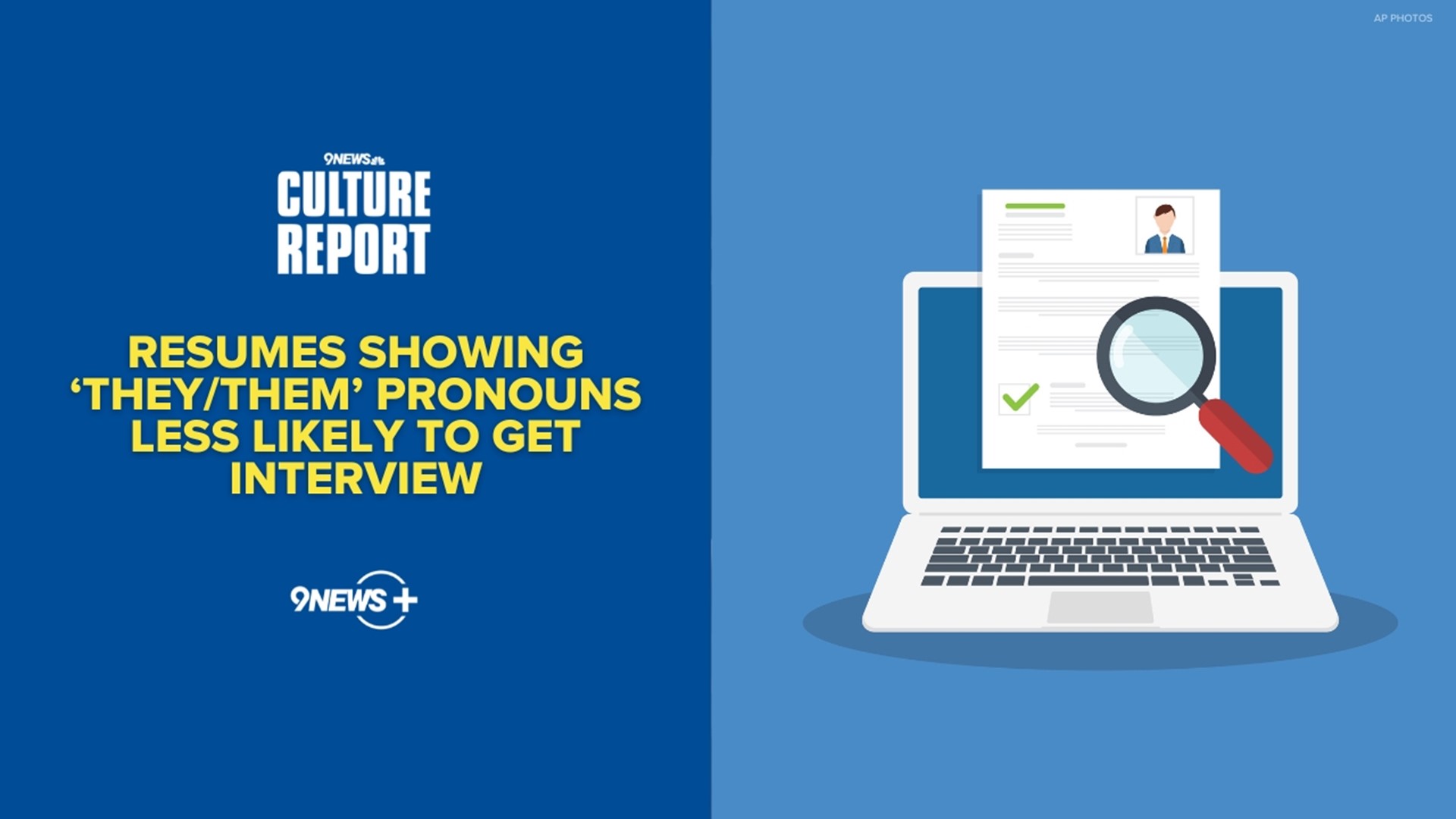SACRAMENTO, Calif. — Oct. 15 marks National White Cane Safety Day, also recognized as Blind Americans Equality Day, in the U.S. It celebrates the accomplishments and capabilities of people with vision loss and blindness.
According to the Centers for Disease Control and Prevention, about 12 million people 40 years and over have vision impairment in the U.S. That includes 1 million who are blind, 3 million who have vision impairment after correction and 8 million who have vision impairment due to uncorrected refractive error. The CDC said the major causes of vision loss are cataracts, age-related macular degeneration, diabetic retinopathy, and glaucoma.
President Joe Biden recently issued a proclamation on Blind Americans Equality Day. He encouraged all government officials, educators, volunteers and people in the U.S. to recognize the day with appropriate programs, ceremonies, and activities.
"On Blind Americans Equality Day, we recommit to ensuring freedom, equality, and opportunity for all blind and visually impaired Americans, whose contributions continue to make our Nation stronger," explained Biden in the proclamation. "My Administration is committed to building on the foundation of the Americans with Disabilities Act by ensuring that blind and visually impaired Americans have equitable opportunities for employment and career advancement."
In the 1960s, the National Federation of the Blind, the oldest and largest nationwide organization of blind Americans, became a leader in fighting for the rights of the blind and in pioneering innovative training programs using the white cane. At the organization's request, Congress adopted a joint resolution in 1964 designating Oct. 15 of each year as White Cane Safety Day to recognize how white canes help people with blindness travel safely and independently.
On Oct. 6, 1964, President Lyndon B. Johnson signed the first White Cane Safety Day proclamation in an effort to raise awareness of people who carry a white cane. In 2011, President Barack Obama proclaimed Oct. 15 as Blind Americans Equality Day. In the U.S., the month of Ocotober is also recognized as Blindness Awareness Month. It's a celebration dedicated to understanding the realities of living without sight.
"White Cane Awareness Day is our way of emphasizing the critical role that this tool plays in living the lives we want and informing the public about its true significance," said Mark A. Riccobono, president of National Federation of the Blind.
Throughout the world, the long white cane is used by people who are blind or visually impaired as a tool for safe and reliable navigation. It's also a symbol of the user's independence, confidence and skills. Lions Clubs International, a service organization, first introduced and promoted white canes in the U.S. in the 1930s.
In December 1930, the Peoria City Council of Illinois passed the nation's first white cane safety law, giving blind citizens the right-of-way and other protections when carrying a white cane. By 1956, with the help of a full-scale awareness and advocacy campaign, every state in the U.S. had enacted white-cane safety laws.
Enacted in 1959, California's white cane safety law states:
"A totally or partially blind pedestrian who is carrying a predominantly white cane with or without a red tip, or using a guide dog, shall have the right-of-way."
If a driver fails to yield, the person is guilty of a misdemeanor. It's punishable by imprisonment in the county jail not exceeding six months, or by a fine of no less than $500, but no more than $1,000, or both.
Since 1954, Society for the Blind has provided services and programs for people who are blind or have low vision in the Greater Sacramento region. The community organization grew from a dedicated group of volunteers and the support of Lions Clubs of America. Society for the Blind, along with other nonprofit organizations and community leaders, is encouraging the public to celebrate both White Cane Safety Day and Blindness Awareness Month.
"No one needs to face vision loss alone," said Shari Roeseler, executive director of Society for the Blind. "Society for the Blind is the Sacramento region’s comprehensive center for people with vision loss. During the month of October, let’s raise awareness and meet the challenge of vision loss with renewed hope, so people living with low vision or blindness can discover, develop and achieve their full potential."
ABC10: Watch, Download, Read
Watch more ABC10: Meet Modesto's blind bowler | ABC10 Originals




















